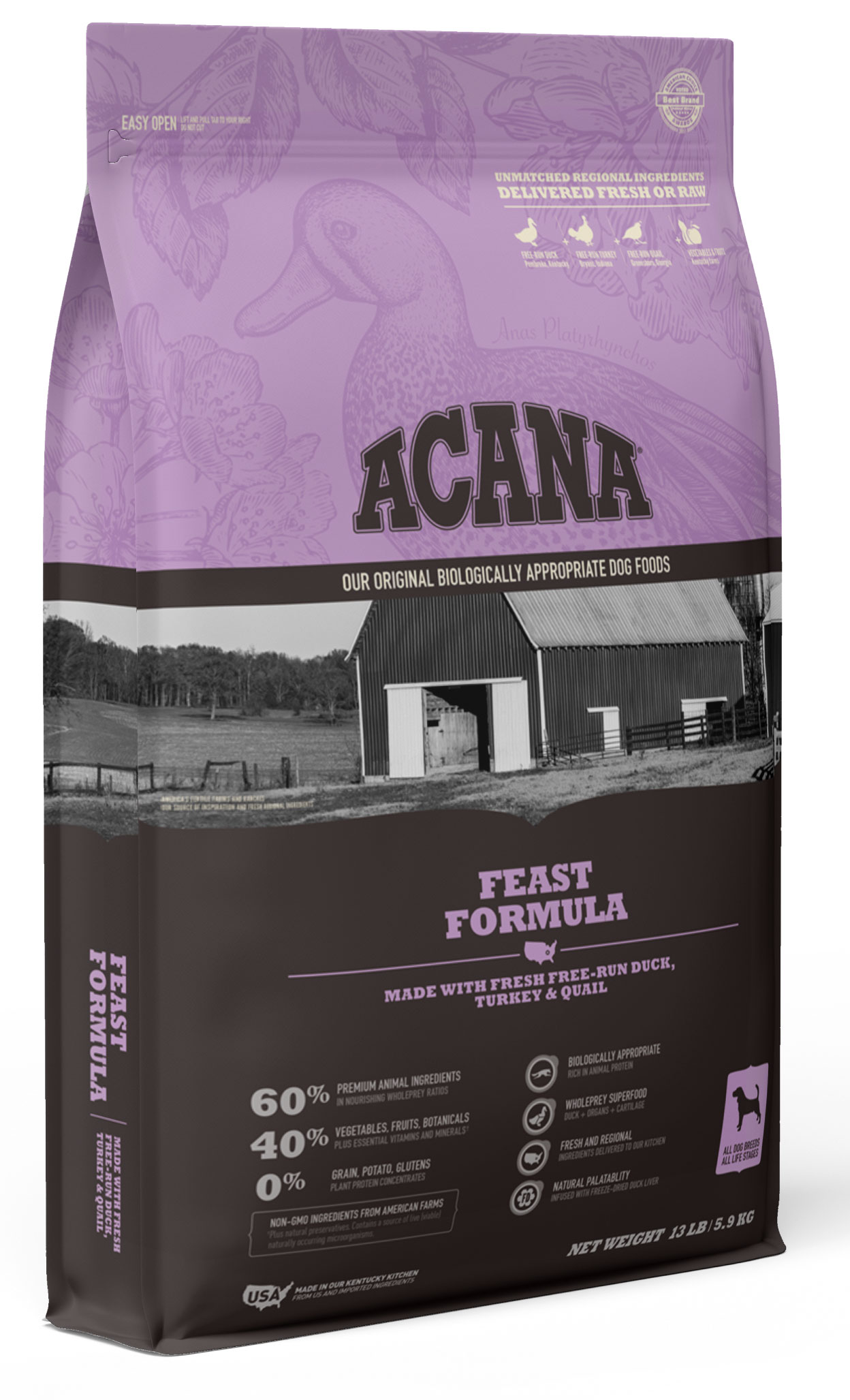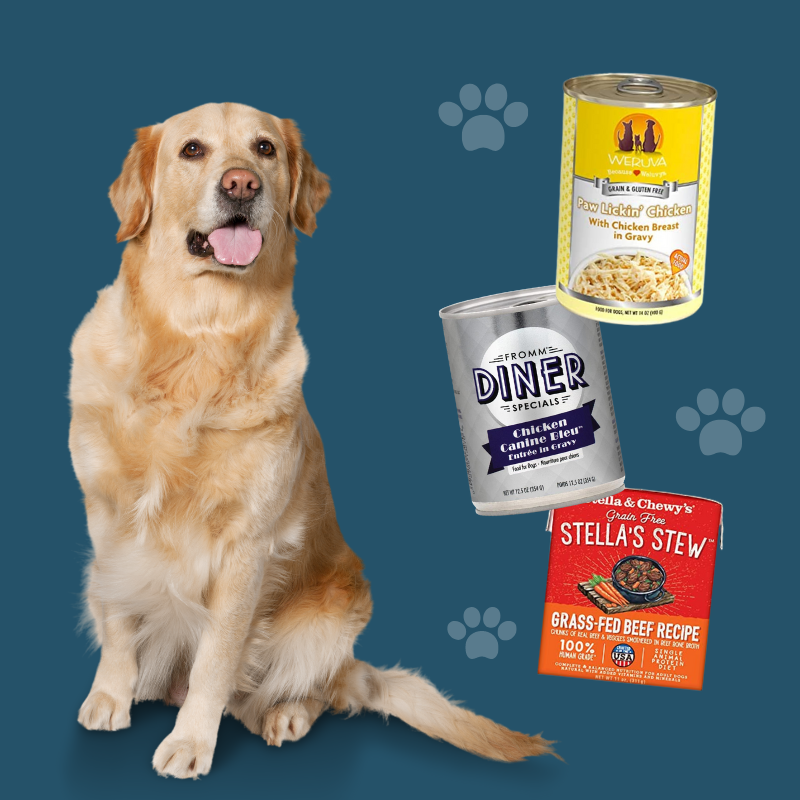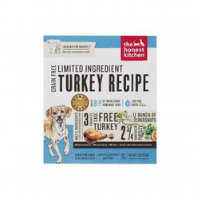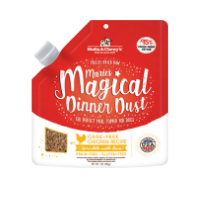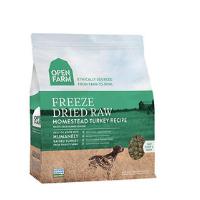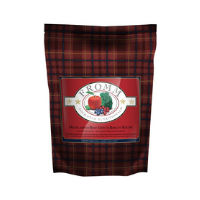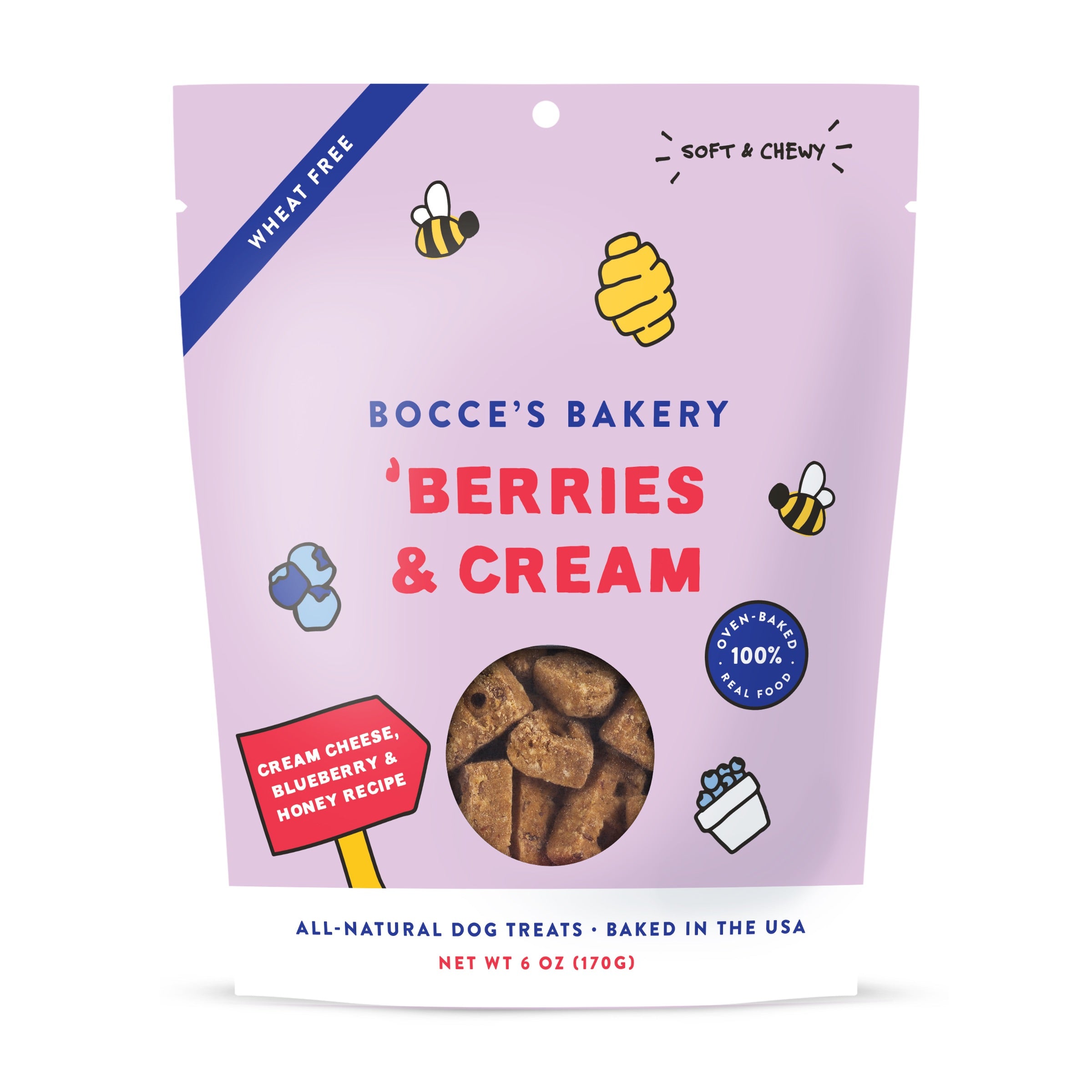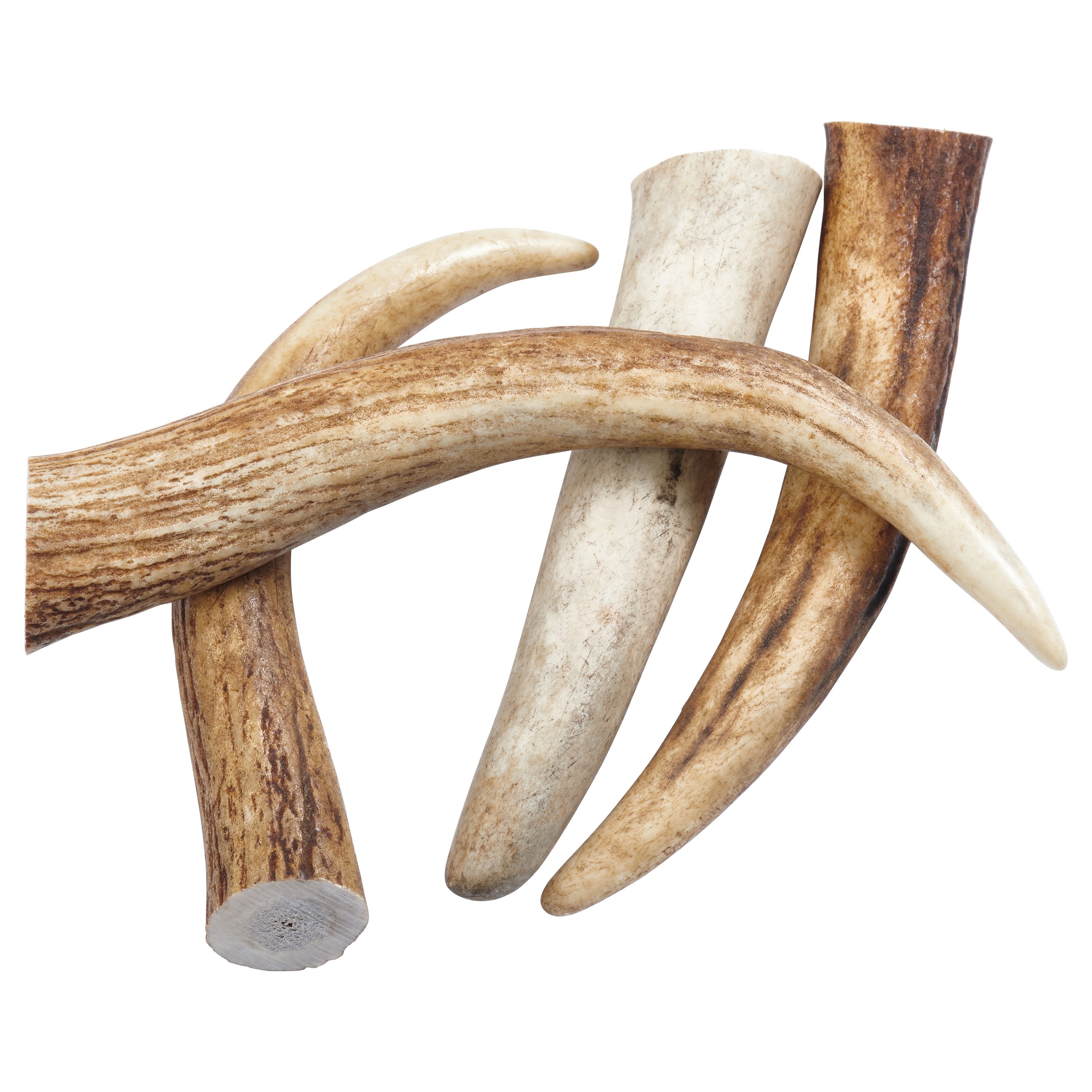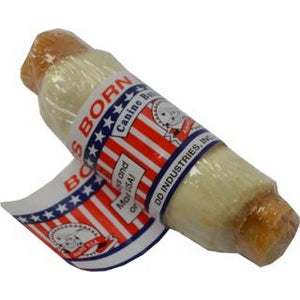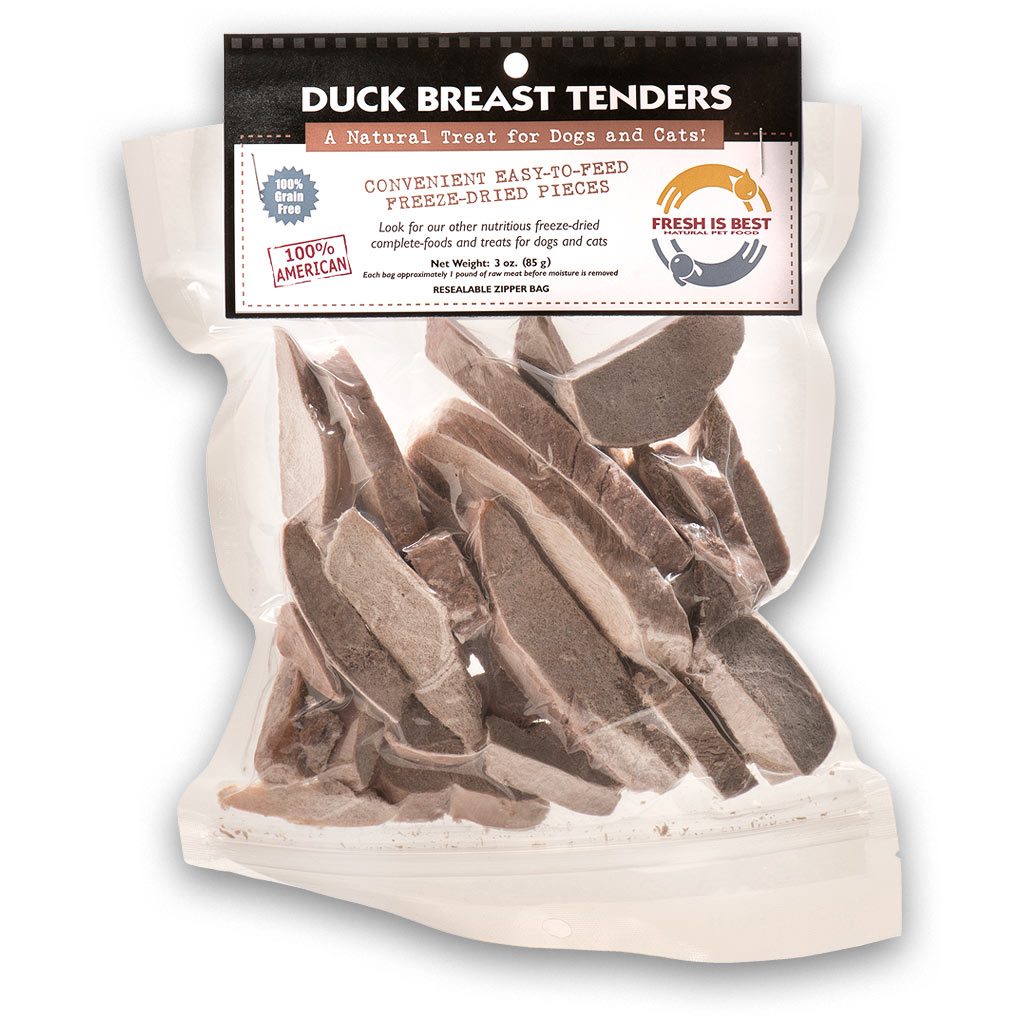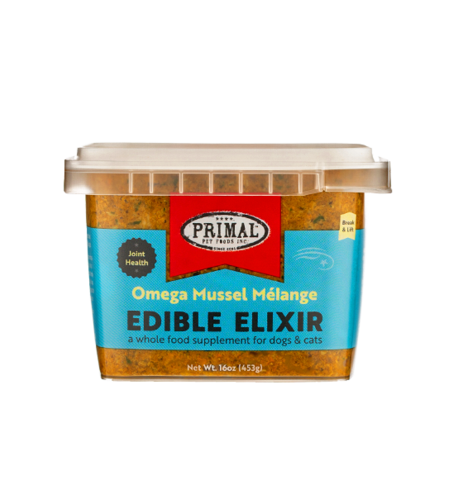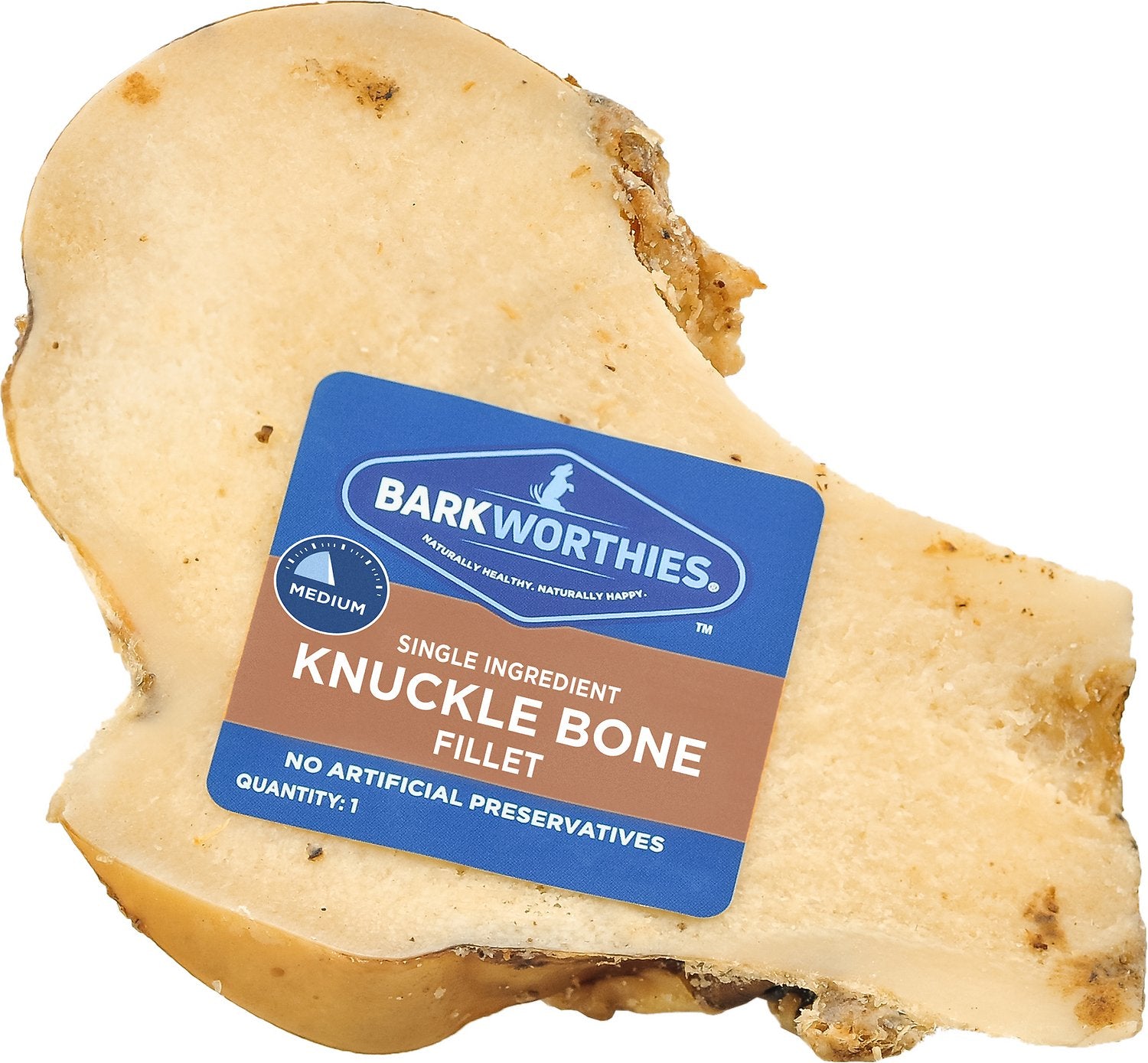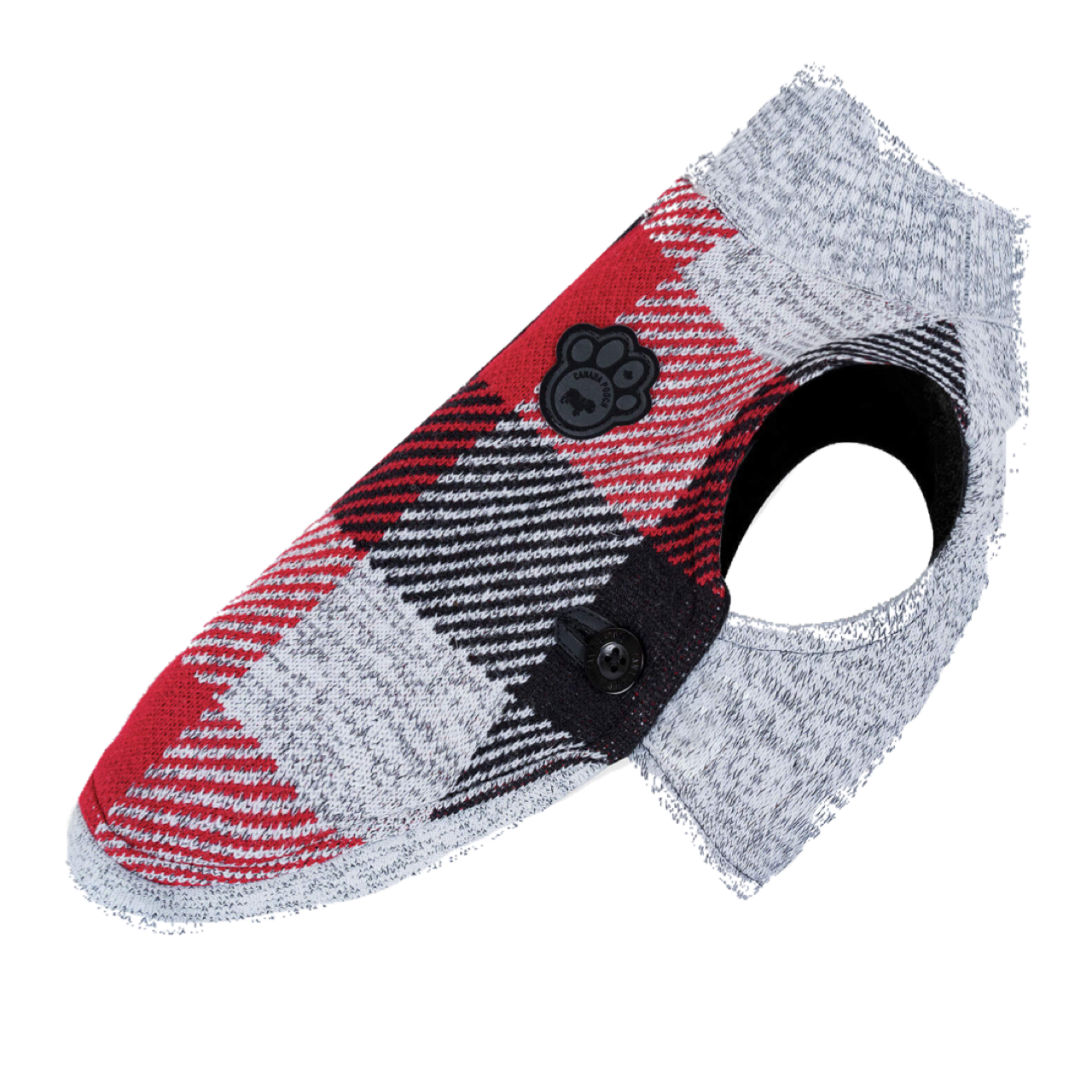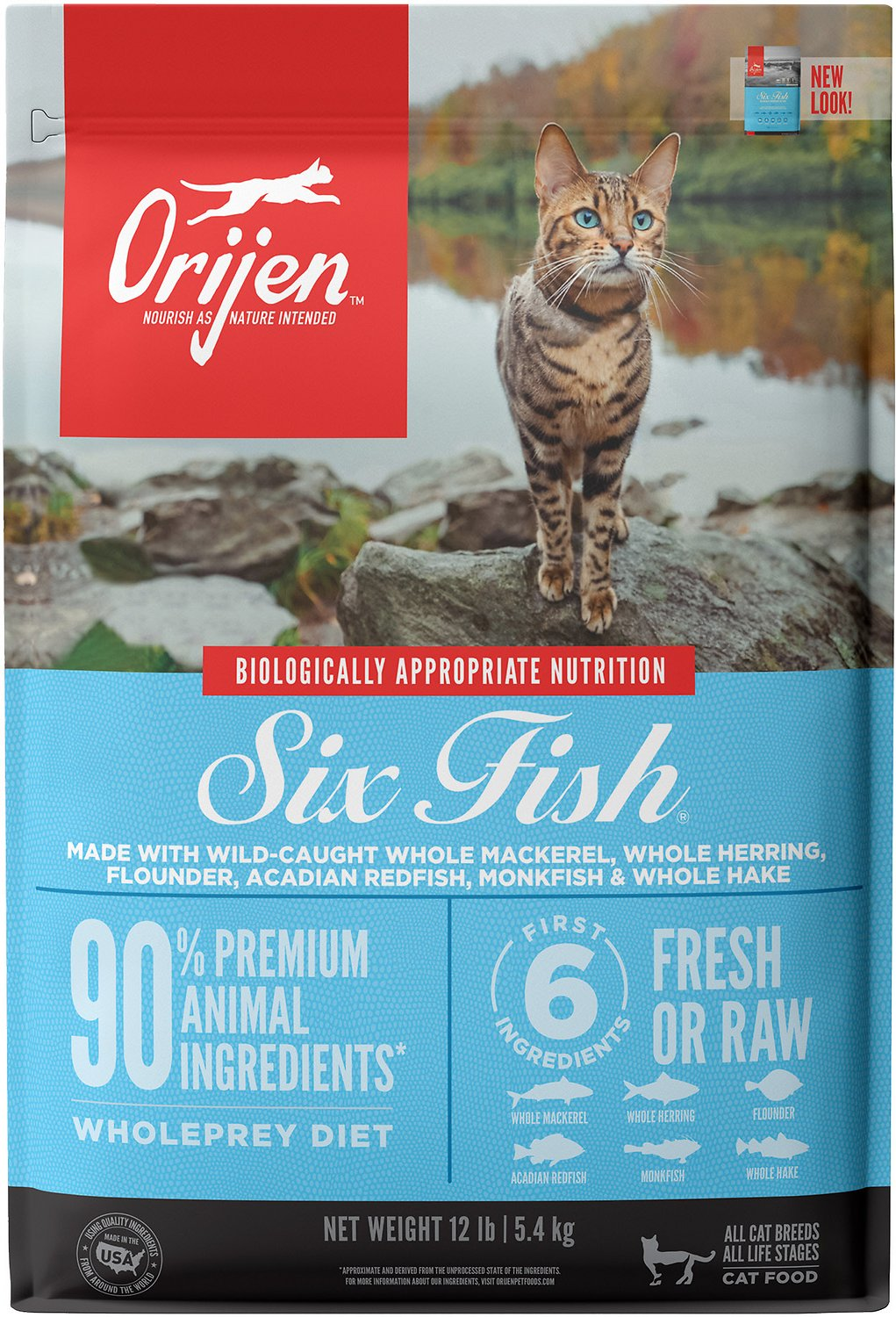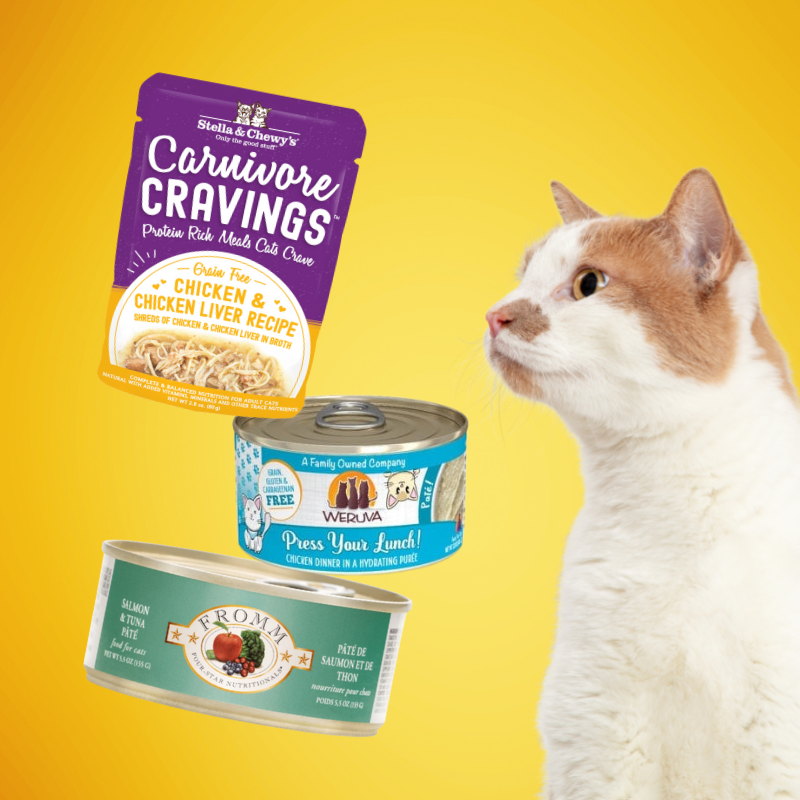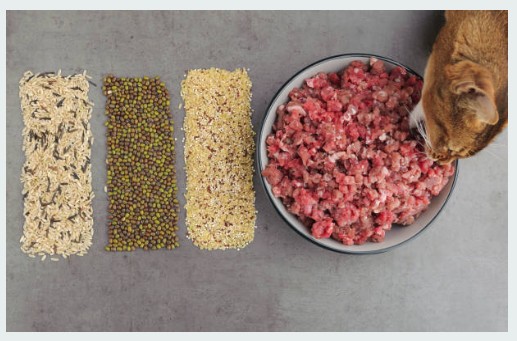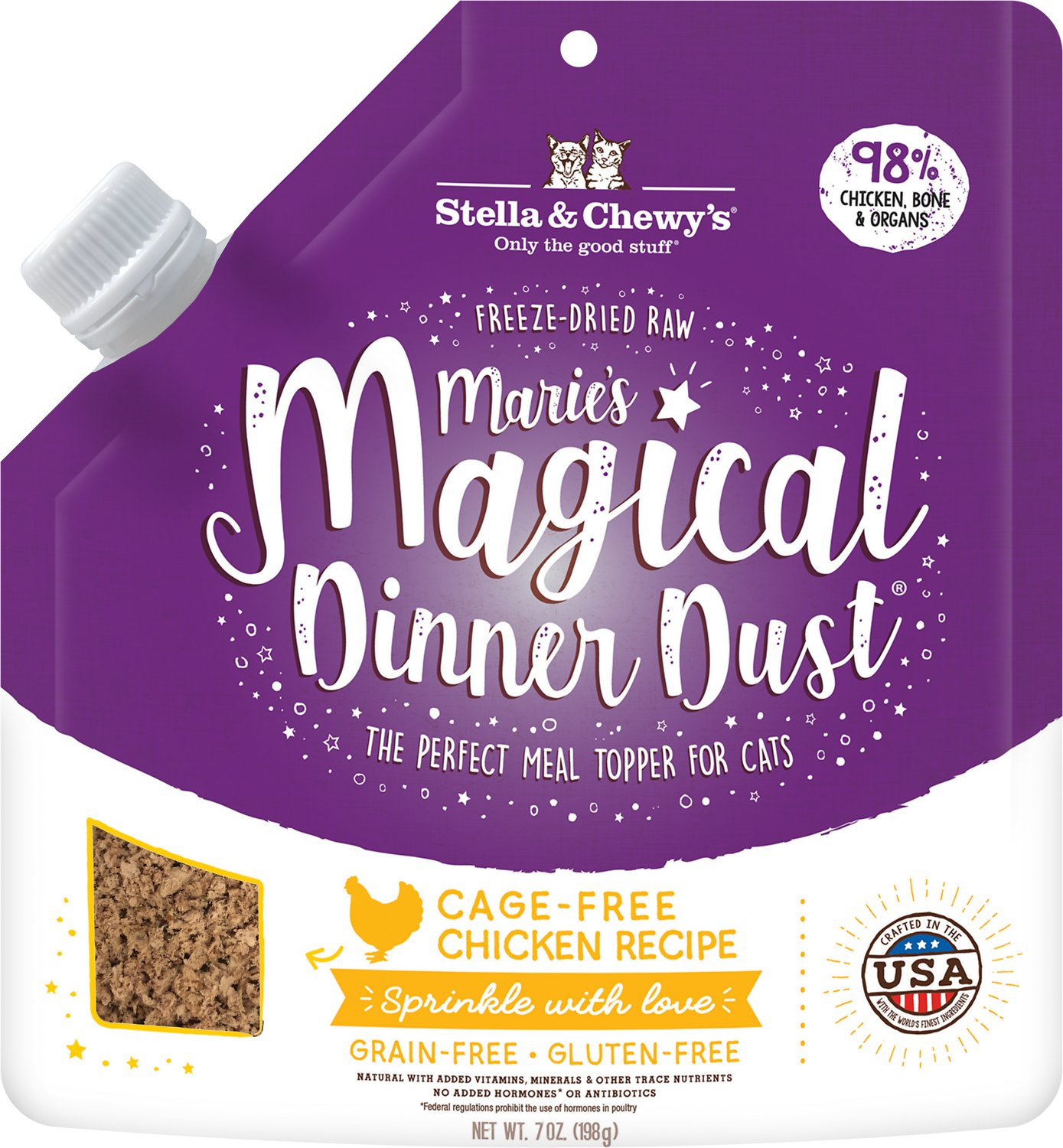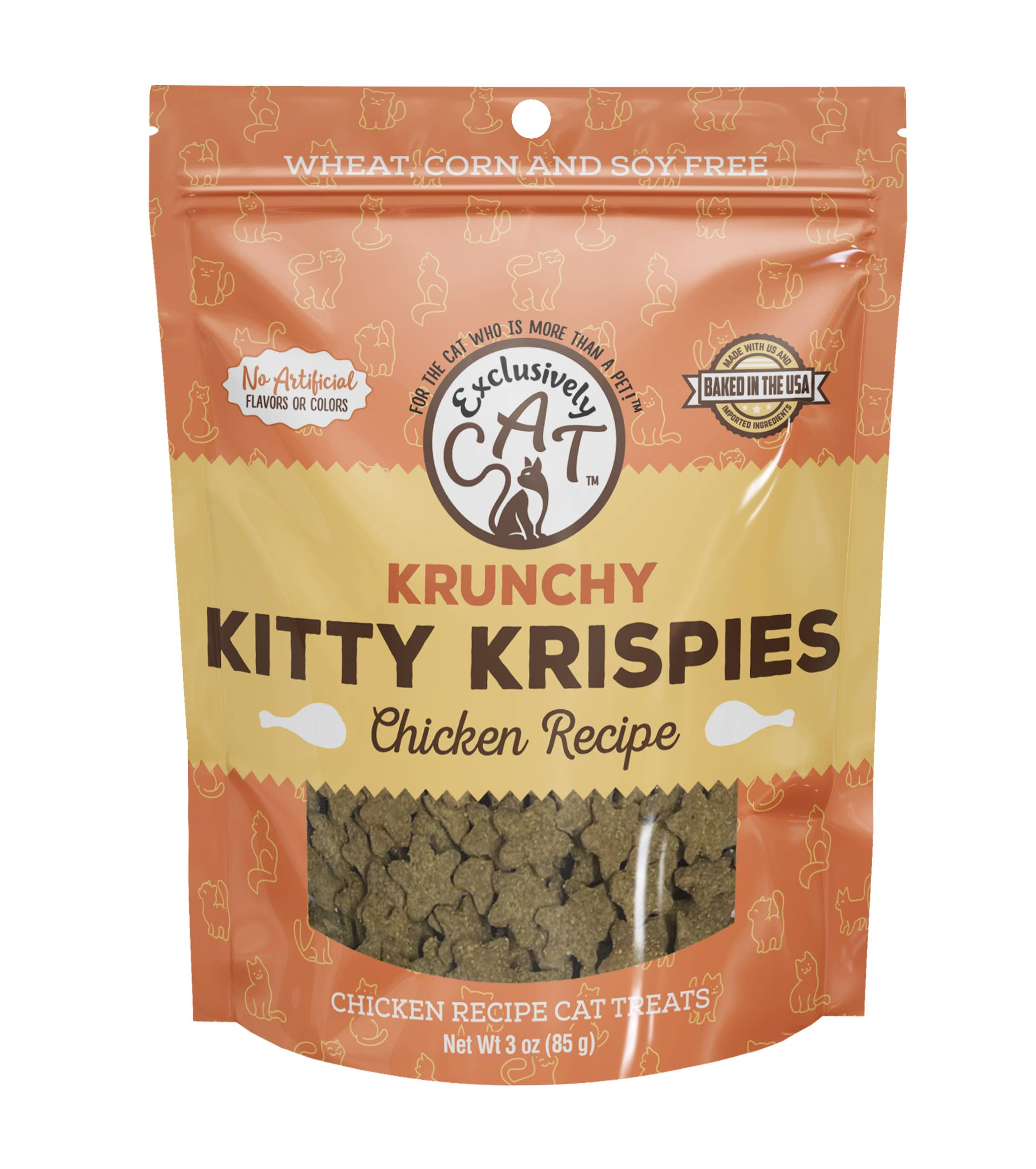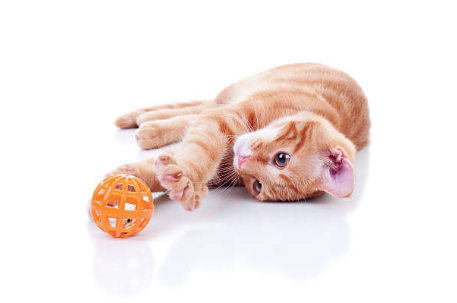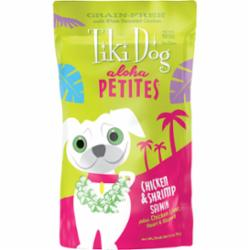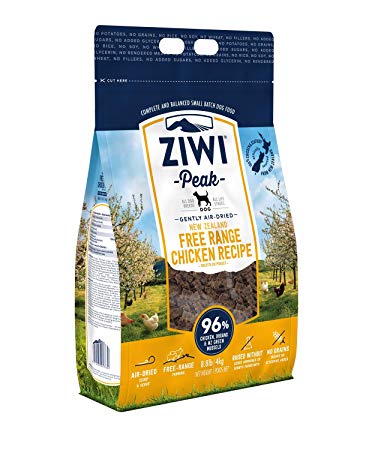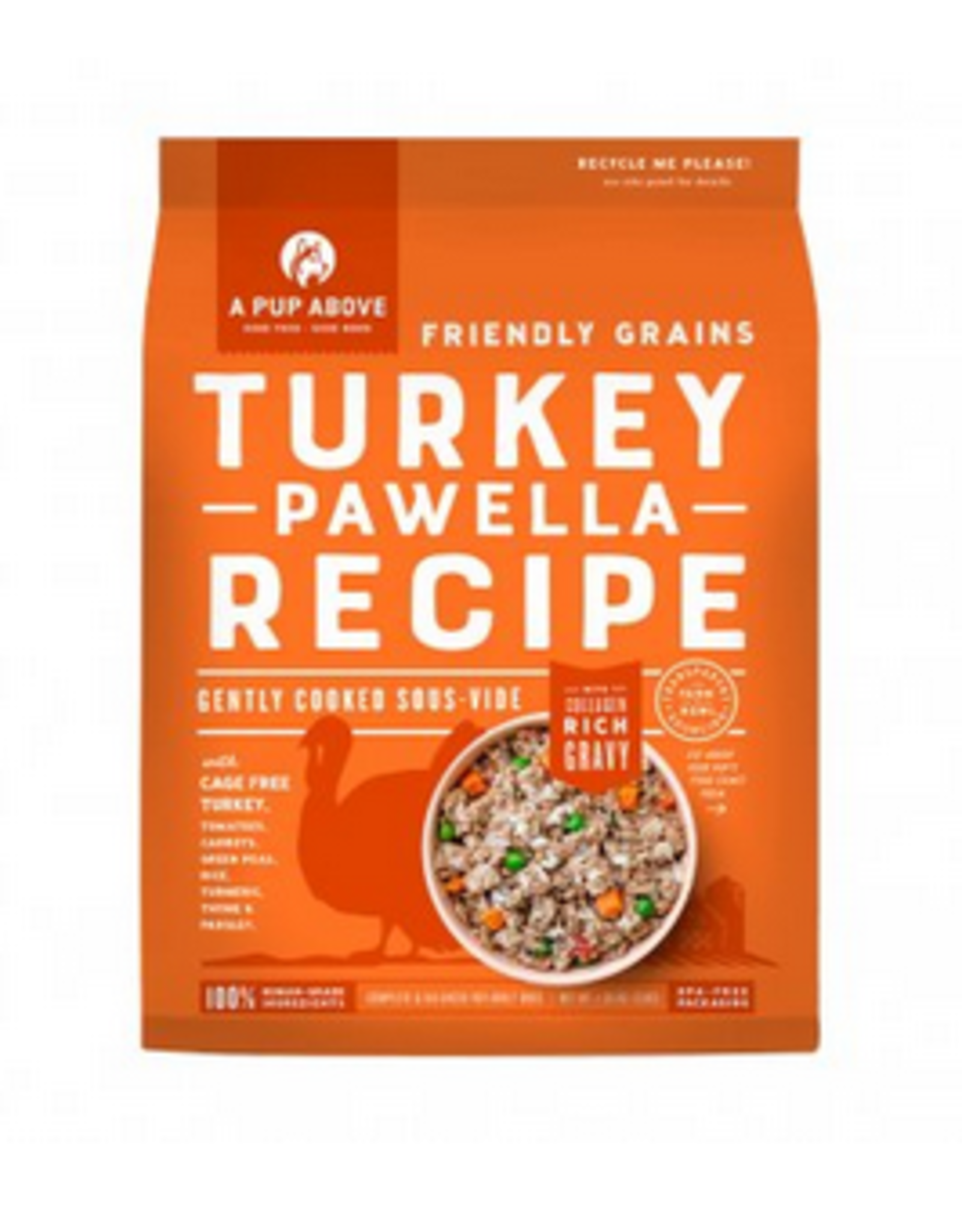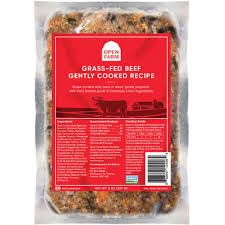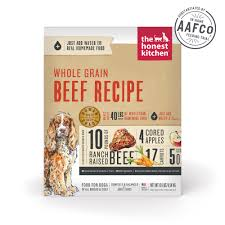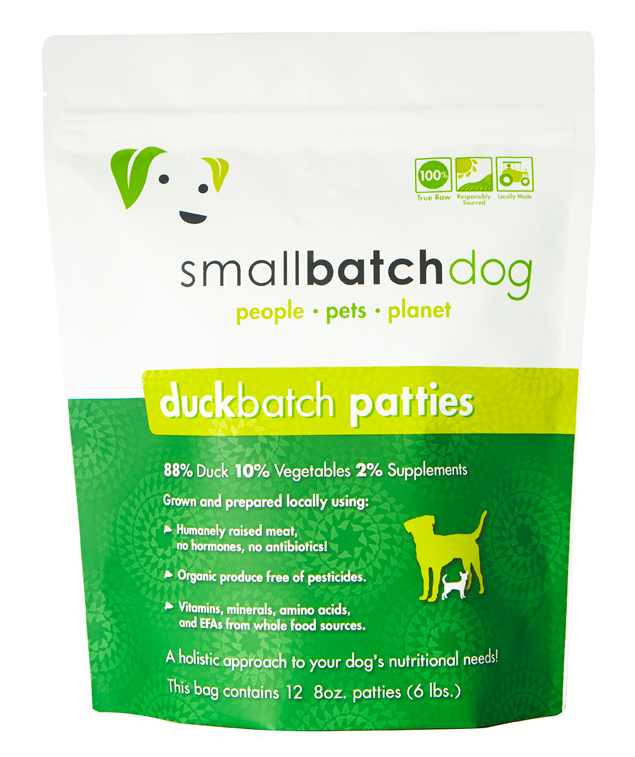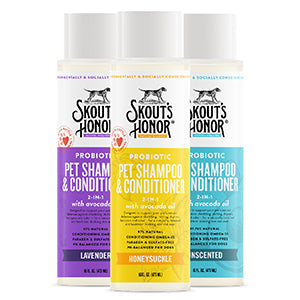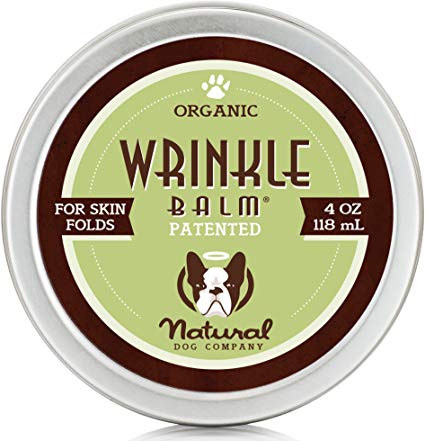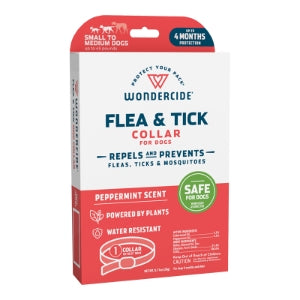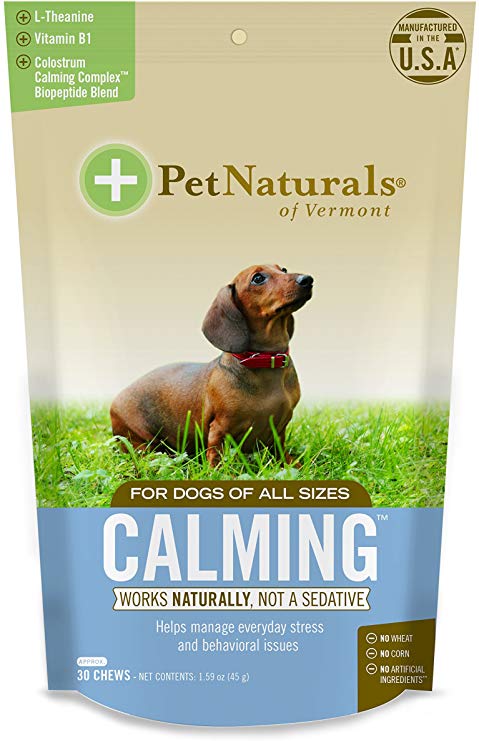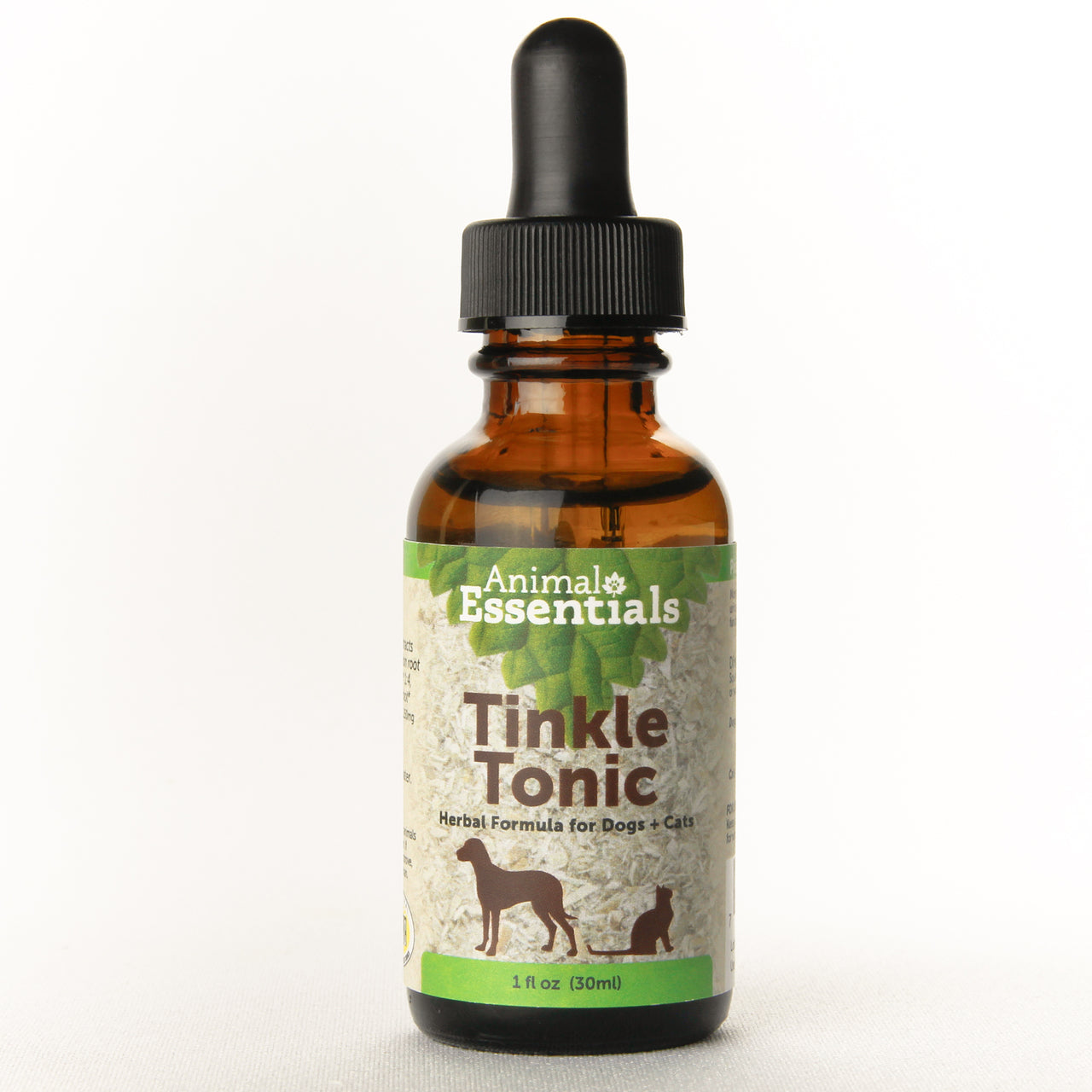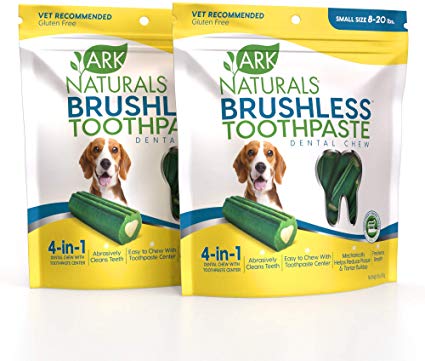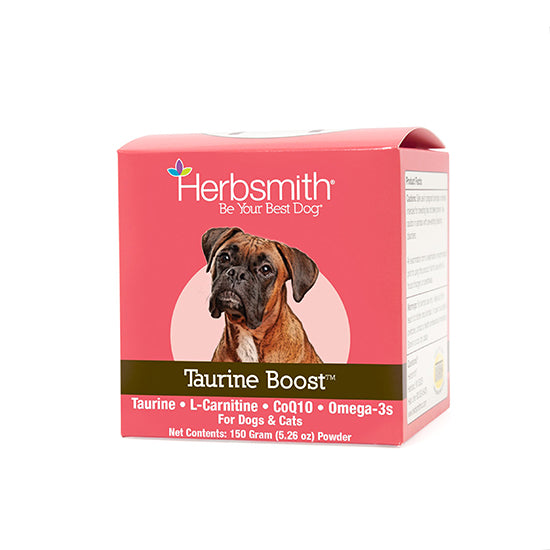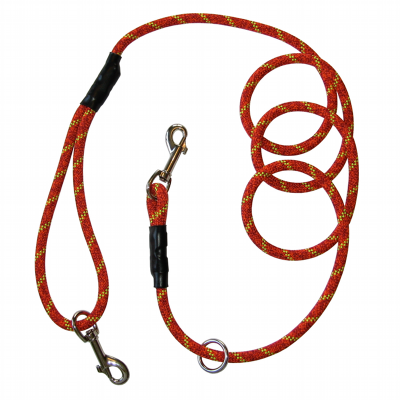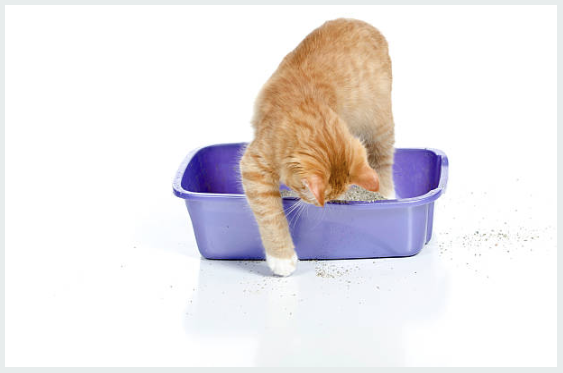Raw diets for pets have become increasingly popular in recent years as pet owners look for natural and healthy ways to feed their furry friends. However, along with the growing interest in raw diets, there are also several myths and misconceptions surrounding this feeding approach. In this article, we will debunk some of the most common myths about raw diets for cats and dogs.
Myth 1: Raw Diets Are Unsafe for Pets
One of the most prevalent myths surrounding raw diets is that they are unsafe for cats and dogs due to the risk of bacterial contamination. While it is true that raw meat can harbor bacteria such as Salmonella and E. coli, it is essential to handle and store raw food properly to minimize these risks. By following proper food safety guidelines, raw diets can be a safe and nutritious option for pets.
Myth 2: Raw Diets Lack Essential Nutrients
Another common misconception is that raw diets are deficient in essential nutrients, leading to nutritional imbalances in pets. When properly formulated, raw diets can provide all the necessary nutrients that cats and dogs need to thrive. It is crucial to consult with a veterinarian or pet nutritionist to ensure that your pet's raw diet is balanced and meets their specific nutritional requirements.
Myth 3: Raw Diets Cause Dental Issues
Some people believe that raw diets contribute to dental problems in pets, such as tooth decay and gum disease. Contrary to this belief, feeding raw bones and meaty bones can actually help improve dental health by reducing plaque and tartar buildup. Chewing on raw bones helps to keep your pet's teeth clean and their gums healthy.
Myth 4: Raw Diets Are Expensive
It is a common myth that raw diets are costly and only affordable for pet owners with a large budget. While raw diets may require a bit more planning and preparation compared to commercial pet foods, they can be cost-effective in the long run. By buying in bulk, sourcing ingredients from local suppliers, and preparing meals at home, you can provide your pet with a raw diet without breaking the bank.
Myth 5: Raw Diets Lead to Parasite Infections
Concerns about parasites are often cited as a reason to avoid raw diets for pets. While it is true that raw meat can contain parasites, freezing meat before feeding it to your pet can help kill any potential parasites present. Additionally, sourcing high-quality meats from reputable suppliers can reduce the risk of parasite infections.
Myth 6: Raw Diets Are Difficult to Transition To
Some pet owners are hesitant to switch their pets to a raw diet due to concerns about the transition process. While transitioning to a raw diet may require some adjustment for both you and your pet, it is possible to do so gradually to avoid digestive upset. Introduce small amounts of raw food alongside your pet's regular diet and increase the portion of raw food over time.
Myth 7: Raw Diets Are Not Suitable for All Pets
There is a misconception that raw diets are only appropriate for certain breeds or types of pets. In reality, raw diets can benefit pets of all ages, sizes, and breeds, provided that the diet is well-balanced and meets their individual nutritional needs. Consult with your veterinarian to determine if a raw diet is suitable for your pet.
Myth 8: Raw Diets Do Not Provide Enough Variety
Some people believe that raw diets are limited in variety and may not offer the same diversity of nutrients as commercial pet foods. In fact, raw diets can be highly varied, incorporating a wide range of proteins, fruits, vegetables, and supplements to ensure a balanced diet for your pet. By rotating ingredients and recipes, you can provide your pet with a diverse and nutritionally complete diet.
Myth 9: Raw Diets Are Time-Consuming to Prepare
Another myth about raw diets is that they are time-consuming and labor-intensive to prepare. While it is true that raw diets may require more effort than simply pouring kibble into a bowl, there are ways to streamline the preparation process. Batch cooking, meal prepping, and using premade raw food mixes can help save time and make feeding a raw diet more convenient.
Myth 10: Raw Diets Are Not Regulated
Some skeptics argue that raw diets are not regulated or standardized, leading to concerns about food safety and nutritional adequacy. While it is true that the pet food industry is less regulated than the human food industry, there are guidelines and recommendations available for formulating balanced raw diets for pets. Working with a qualified professional can help ensure that your pet's raw diet meets industry standards.
Myth 11: Raw Diets Are Not Environmentally Friendly
Environmental impact is another factor to consider when choosing a diet for your pet. Some people believe that raw diets, with their emphasis on meat consumption, are not environmentally friendly. However, sourcing sustainable and ethically raised meats, reducing food waste, and exploring plant-based options can help mitigate the environmental impact of a raw diet.
Myth 12: Raw Diets Are Just a Trend
As with many health and wellness trends, some view raw diets for pets as a passing fad without long-term benefits. While the popularity of raw diets may ebb and flow, the core principles of feeding pets a natural, species-appropriate diet remain sound. Raw diets can offer numerous health benefits for pets, including improved digestion, healthier coat and skin, and increased energy levels.
Final Thoughts
By debunking these common myths about raw diets for cats and dogs, pet owners can make informed decisions about their pet's nutrition. While raw diets may not be suitable for every pet, they can be a viable option for those looking to provide a fresh and minimally processed diet for their furry companions. Remember to consult with your veterinarian before making any significant changes to your pet's diet to ensure that their nutritional needs are met.


